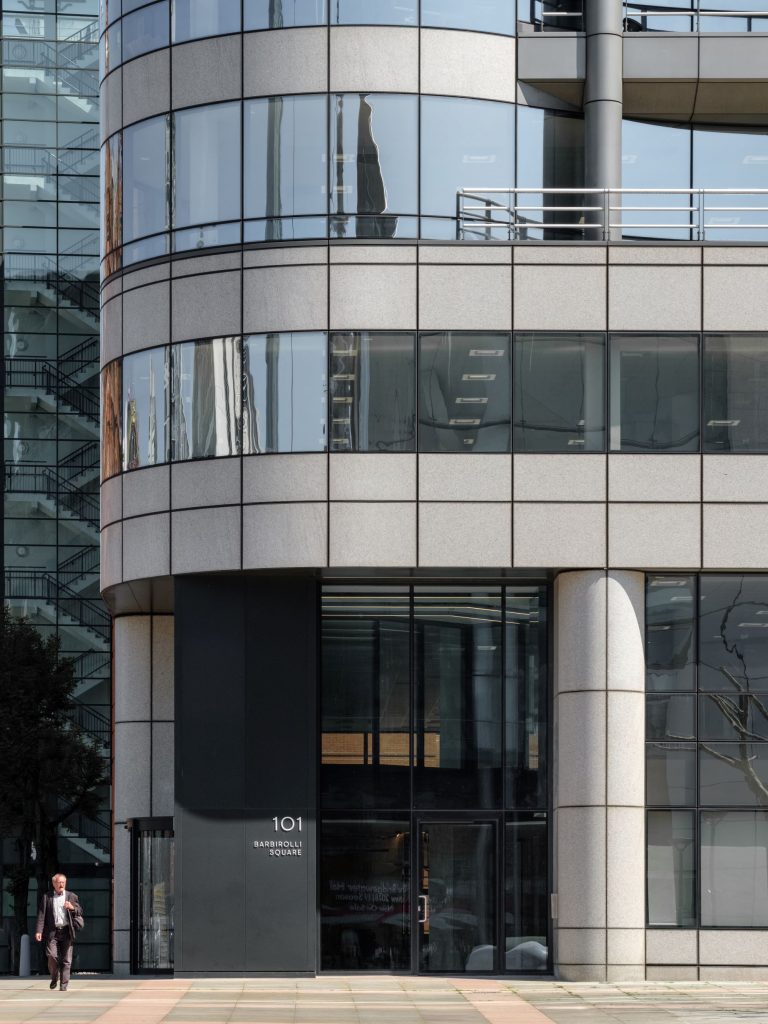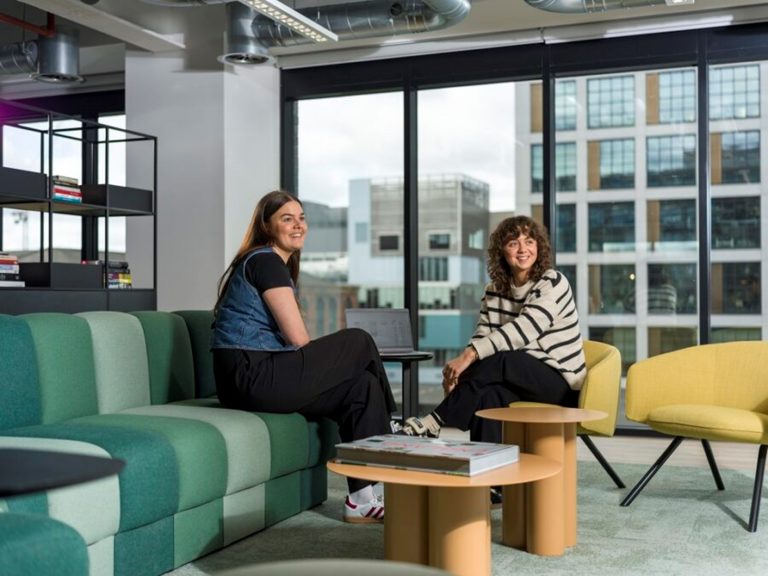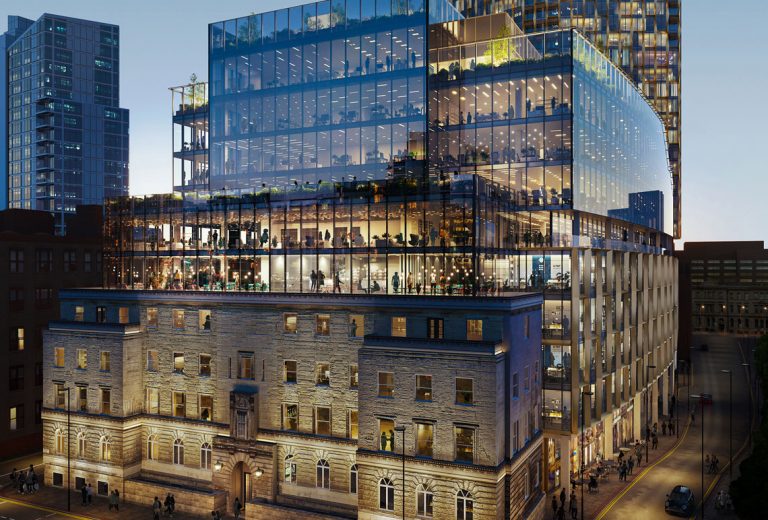The Growth of Flexible Office Space
Will Lewis | 30 September 2015
You hear a lot of talk about flexibility these days, whether that’s in employee contracts, public spaces used for events and ‘pop-up’ retail, even office leases. It’s also something that’s a hot topic in terms of the actual workplace itself. Flexible space is an increasingly prominent option for companies making property decisions.
Flexible offices have been around for ages, of course. Regus is the best known operator of serviced offices, or business centres, but there are also other operators on a national scale, and many local players. The classic business centre option has been eclipsed somewhat in recent years by the co-working trend, with freelancers, micro businesses and project teams from larger firms feeling the benefits of working in a shared space.
Potentially this can offer synergies and access to networks and investors, but often is just about social buzz and a more motivational, professional environment than the isolation of working from home. It’s an office space with a coffee shop vibe.
These two markets aren’t separate, of course; the serviced office operators are inherently flexible themselves and have moved with the market. The flexible market is growing, at around 10% a year, and it’s growing fastest in economically vibrant cities. In a way, it’s a perfect storm: there are commercial drivers such as cost and efficiency combining with cultural drivers: the growing cult of entrepreneurship and self-employment along with the development of technology and communications that makes mobile working easy.
Flexible space is never going to rule the world. For many it’s a short-term fix, or something that a start-up will grow out of once they’ve made some money and want a bit more privacy. For many, commercial sensitivity is too vital to co-work, anyway. But it’s a big part of the future: the cost benefits and the ability to offer flexibility to employees will mean companies want it as an option.
Developers will make it a part of their offer too. It varies what’s on offer, while co-working spaces are proving a great draw in urban regeneration projects across the world. But still, a lot of operators aren’t making much in the way of profit.
London’s by far and away the largest market for flexible working, for a variety of reasons – rents for standard space are very high for one thing, while in the West End market there are all manner of opportunities on the upper floors of older buildings with retail at ground floor level. And more and more, we’re seeing great spaces being brought forward in areas such as Shoreditch, where OBI has found solutions for a number of clients.
At schemes such as Spinningfields in Manchester, the XYZ Building is ripping up the old rules, presenting the building as a connecting experience drawing people together. It’s visually different, and is based around changing cultures, a new way of seeing what a building can do for people.
Really, all this is about is broadening the options of the most important person in the property mix – the occupier. If landlords aren’t prepared to move with the times and listen to what the people want, they might be waiting a good while longer for tenants.


